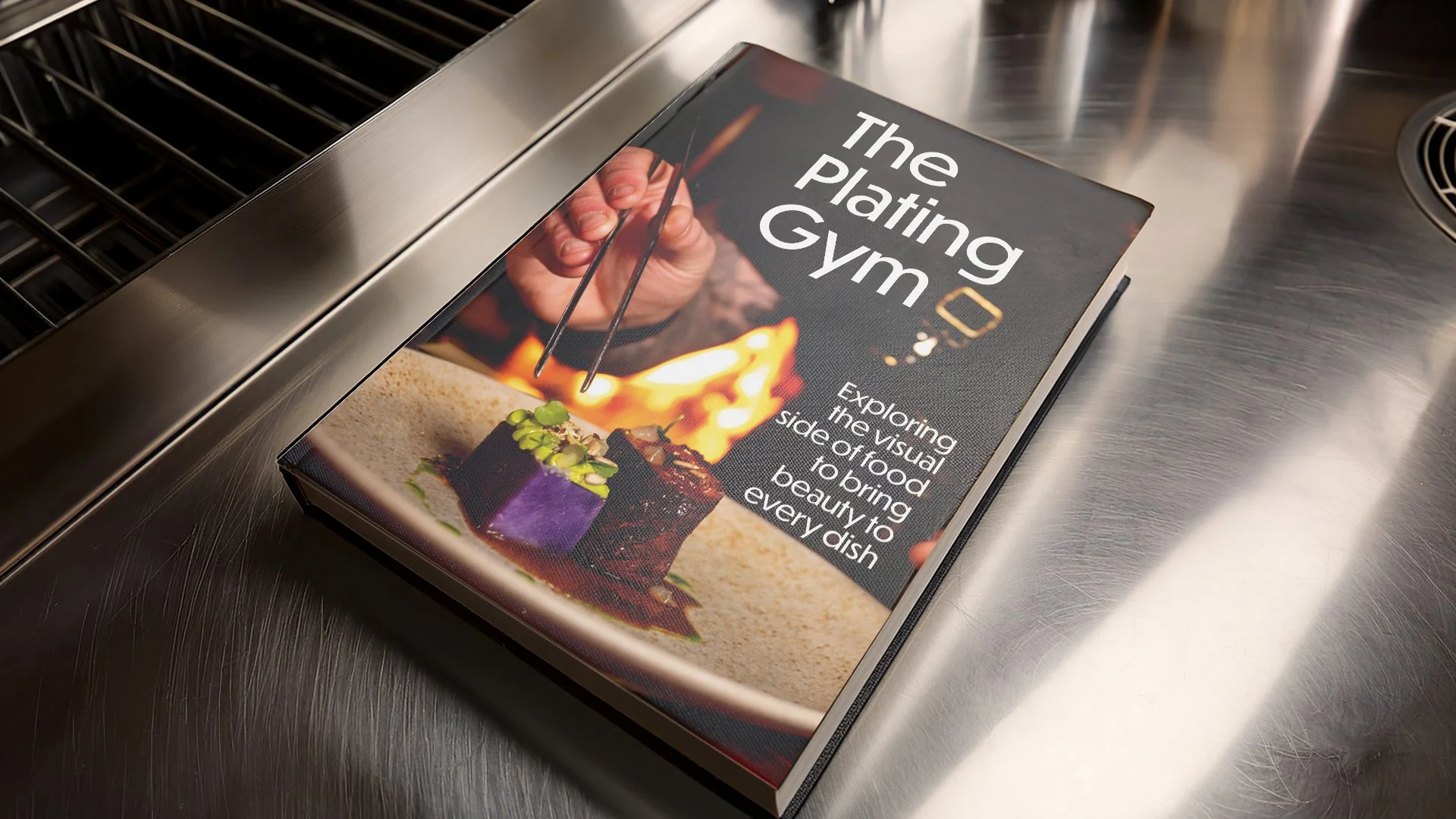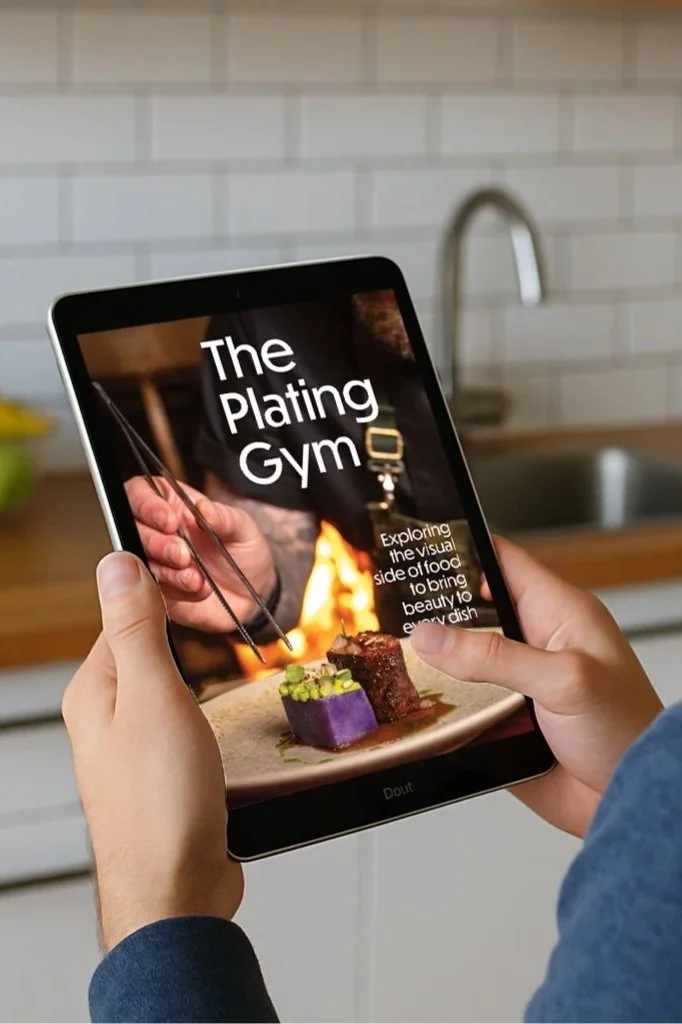6 Common Plating Misconceptions
Have you ever spent hours crafting the perfect dish, only to feel disappointed when it hits the plate? You’re not alone. Plating often feels like a mysterious final hurdle, leaving many chefs and home cooks frustrated when their dishes don’t look how they imagined.
The truth? Beautiful plating isn’t about luck, expensive tools, or copying trends you see online. It’s about understanding the principles that turn your food into a visual story before the first bite.
Let’s bust six of the most common plating myths and replace them with clear, practical truths you can apply immediately to elevate your plating—making your food look as good as it tastes.
1. Misconception: “Plating is just decoration.”
Truth: Plating is communication.
Before the aroma hits the nose or the first bite touches the tongue, plating sets the stage. It signals care, quality, and intention. A clean, intentional plate whispers, “This matters.” A rushed, messy plate says the opposite, no matter how good the flavours are.
Treat plating as part of the cooking process, not an afterthought. Think about what you want the diner to feel and how you want them to engage visually with your dish.
2. Misconception: “You need fancy tools to plate well.”
Truth: Your mindset and observation are your strongest tools.
Tweezers and squeeze bottles help, but they’re nothing without vision. Some of the most striking plates I’ve photographed were made with a spoon and intention.
Train your eye by studying plating you admire, sketching layouts, and observing how ingredients interact visually. Tools add precision, but your vision is what creates impact.
3. Misconception: “More elements = a better plate.”
Truth: Restraint creates clarity.
Adding too many components can crowd your message and dilute your dish’s impact. The best plates have a clear focus, allowing hero ingredients to shine.
Ask yourself: Does this element enhance the dish’s story, texture, or visual contrast? If it doesn’t, leave it off.
4. Misconception: “Symmetry equals balance.”
Truth: Balance is about visual weight, not mirror images.
Symmetry feels safe but often lacks energy. Asymmetry creates movement and flow across the plate, making your plating feel alive and modern.
Aim for a plate where the eye moves naturally, pausing at moments of interest without getting stuck or overwhelmed.
5. Misconception: “Negative space is wasted space.”
Truth: Negative space frames your dish.
Empty space on a plate isn’t wasteful—it’s one of your most powerful design tools. Negative space creates contrast, structure, and confidence, allowing key ingredients to stand out.
A clean, structured plate feels intentional and elegant, inviting diners to focus where you want them to.
5. Misconception: “There’s only one ‘right’ way to plate.”
Truth: Style is personal, and context matters.
There is no single “correct” plating style. A minimalist, isolated approach may work beautifully for a refined starter, while a rustic, abundant layout might suit a comforting main dish.
The best plating reflects your ingredients, the moment, and your unique voice as a plateist. Let your plating evolve with your story.
Bringing it all together
✅ Plan your layout with intention.
Sketch or visualise before you plate so you’re not guessing at the last minute.
✅ Edit ruthlessly.
If an element doesn’t add to flavour, texture, or the dish’s story, leave it off without hesitation.
✅ Use negative space with confidence.
See empty space as a frame, guiding your diner’s eye rather than something to fill.
✅ Let your ingredients and story guide your choices.
Think about what the plate says about your dish, the season, and your approach.
✅ Practice consistently, not just for “special” dishes.
Every plate is a chance to refine your skills and train your eye.
✅ Trust your evolving style.
Plating mastery is a journey, not a destination. With each plate, you build your confidence and visual storytelling.
Ready to elevate your plating?
📘 If you found this helpful, you’ll love The Plating Gym book, packed with frameworks, sketch templates, and practical guidance for building your plating confidence.


